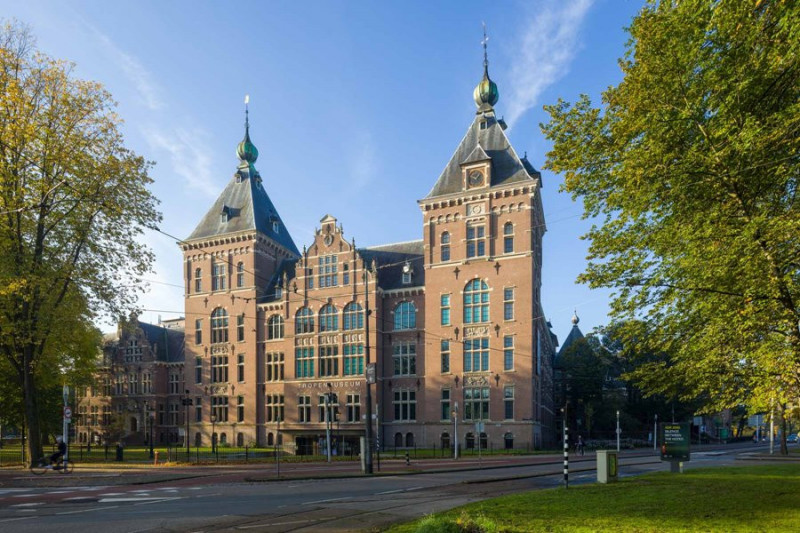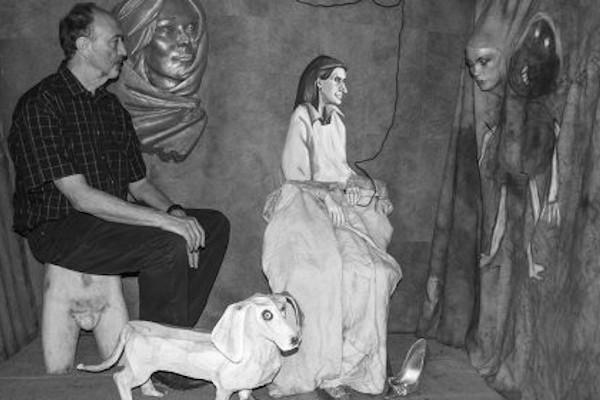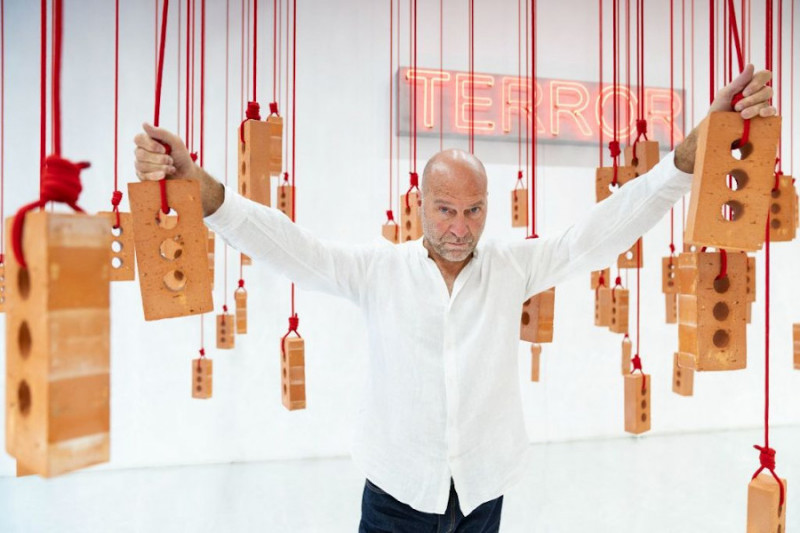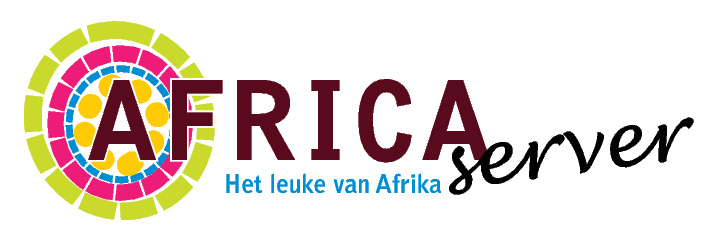Tentoonstellingsagenda
Dinsdag 01 Februari 2022

Special exhibition: Through the lens of - Photographers from the African Photojournalism Database
Offering reimagined visual narratives from across the African continent, this exhibition showcases the work of visual storytellers selected from the African Photojournalism Database (APJD). At the core of the APJD is the mission to share refreshing and diverse stories told by photographers often overlooked by the global media industry—stories that are not widely seen in the current media landscape. Through the lenses of 16 photographers from 11 countries, nine men and seven women, this collection connects a range of views on identity, daily life, traditions and change. The APJD members share their reflections on identity, from explorations of gender in Maputo, Mozambique to reviving Amazigh heritage in rural Libya. Moments of everyday life are highlighted to provide more nuanced views and confront stereotypes, from contrasts in Casablanca, Morocco to youth and social landscapes in Algiers, Algeria. The visible impact of climate change in Madagascar and Zanzibar is underlined, and we’re also given insight into political and social change, including the 2019 protests in Khartoum, Sudan and the coping mechanisms of those who have survived terrorism in Nigeria. Stories of love and families feature strongly, from couples in Cape Town, South Africa, to the value of community in Gondar, Ethiopia. This exhibition was created in partnership with the National Museum of World Cultures to celebrate a new generation of photographers who are redefining what should be seen, through the stories that matter to them. Featuring work by Mohamed Altoum (Sudan), Salih Basheer (Sudan), Kwasi Darko (Ghana), Noncedo Gxekwa (South Africa), Nada Harib (Libya), Yassine Alaoui Ismaili, alias Yoriyas (Morocco), Amina Kadous (Egypt), Tracy Keza (Rwanda), Mahmoud M Khattab (Egypt), Jacques Nkinzingabo (Rwanda), Ayobami Ogungbe (Nigeria), Rijasolo (Madagascar), Fethi Sahraoui (Algeria), Sydelle Willow Smith (South Africa), Martha Tadesse (Ethiopia), and Etinosa Yvonne (Nigeria).

De wereld volgens Roger Ballen
Het zijn de marge van de samenleving en de schaduwkant van de menselijke geest die de wereldberoemde fotograaf en kunstenaar Roger Ballen (Amerikaan, woont en werkt in Johannesburg, Zuid-Afrika) altijd al hebben gefascineerd. Met zijn zwart-wit fotoserie Platteland heeft hij in 1994 internationaal indruk gemaakt. De foto’s toonden de grimmige realiteit van arme witte Zuid-Afrikaners, een groep die ondanks alle privileges gedurende de Apartheid in erbarmelijk omstandigheden leefden. In de loop van zijn carrière start Ballen met het maken van installaties, waarbij hij de macabere realiteit vermengt met decorstukken. Mensen, poppen, ratten en reptielen figureren tegen een achtergrond met tekeningen van primitieve figuren. Met deze uitgesproken ‘Ballenesque stijl’ creëert Ballen zijn eigen universum en is hij uitgegroeid tot een cultfiguur, juist ook onder de jongere generaties. Dit retrospectief nodigt uit tot dwalen door de psyche van Roger Ballen en doet je afvragen: wat is echt?

Voëlvry by Kendell Geers
The exhibition Voëlvry takes its name from the Afrikaans Anti-Apartheid music movement that Kendell Geers was part of in the late 1980’s. Geers played keyboards and tape loops for the underground band KOOS that was featured on the original Voëlvry album that launched a movement that Max du Preez described as a significant movement in every social, political, cultural and musical sense of the word (Vrye Weekblad). Voëlvry translates to ‘Vogelvrij’ in Dutch or ‘Outlaw’ in English. The exhibition invites us to meditate on the question, what does freedom mean in 2021?
Kendell Geers is one of the most renowned artists in Africa. His work has been shown in numerous solo and group exhibitions, including Haus der Kunst Munich, Centre Pompidou, Paris; Goodman Gallery, Cape Town and Kunsthalle Stockholm. His works are included in private and institutional collections worldwide, including Centre Pompidou, Paris; SMAK, Ghent, Chicago Art Institute; Museum of Contemporary Art, Antwerp; National Museum of Contemporary Art, Athens; and South African National Gallery.



